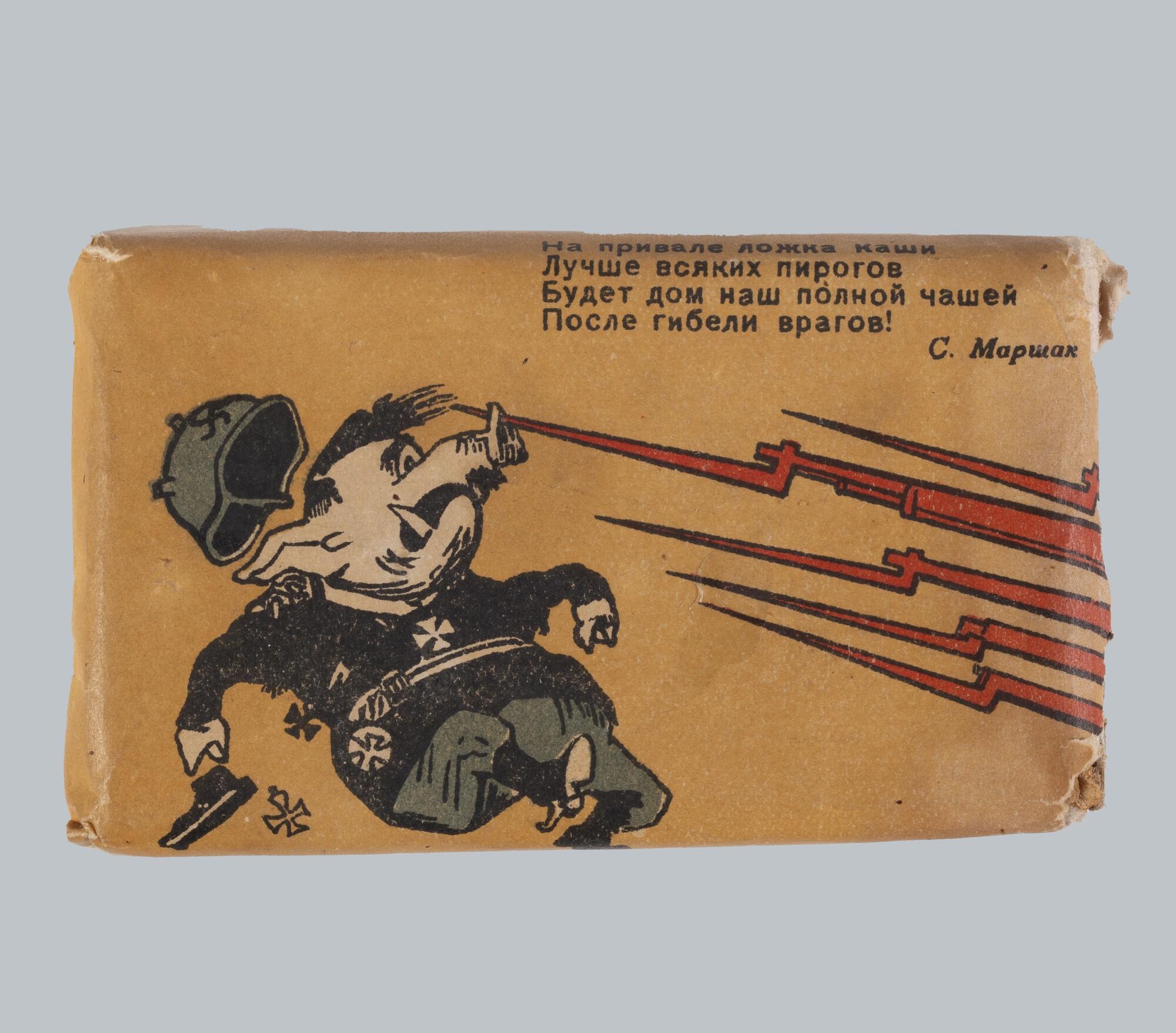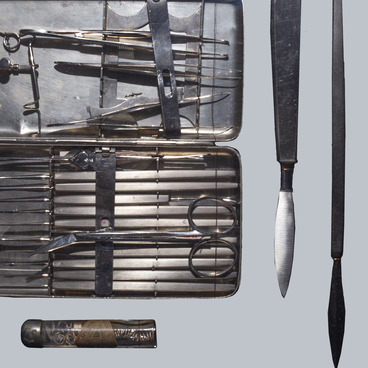Soviet soldiers got at least two hot meals a day, in the morning and in the evening. However, since organizing a field kitchen was not always an option, they often had to resort to dry rations.
Rations were distributed once every six days to all soldiers, except for the most remote northern outpost. Dehydrated food was provided in the form of pressed tablets and bricks as well as powder mixtures. Sometimes, they were partially prepared, or even ready to eat.
Dehydrated food was packed in sealed bags, tin and glass jars, and cardboard boxes. Concentrates offered good satiation due to their volume, texture, and temperature. They also contained more nutrients per unit volume and weight compared to traditional foods.
The diet was quite diversified, including concentrated first, second, and third courses, as well as concentrates for preparing pastry and starch drinks. Moreover, there were special nutrient mixes and infant formulas.
The second courses included porridge (buckwheat, millet, pearl barley, rice, barley, oatmeal, and cornmeal), noodles, buckwheat and rice puddings. The labels indicated the composition and cooking method.
For example, millet porridge was prepared as follows: the tablet was crushed, placed into a cauldron of hot water, and allowed to soak for fifty minutes. When cooking in a thermos, the tablet was not crushed. A glass of boiling water was poured into the thermos, and the porridge was left to soak for thirty minutes. After that, it was ready to be consumed.
On the Leningrad Front, the problem of vitamin deficiency was solved with the help of a fir needle tincture. One serving contained the required daily intake of ascorbic acid — 20 milligrams. Every day, Leningrad residents sent tons of fir needles to the procurement centers. The tincture could be made both at the front line and at home: its recipe was regularly broadcast on the radio.
Rations were distributed once every six days to all soldiers, except for the most remote northern outpost. Dehydrated food was provided in the form of pressed tablets and bricks as well as powder mixtures. Sometimes, they were partially prepared, or even ready to eat.
Dehydrated food was packed in sealed bags, tin and glass jars, and cardboard boxes. Concentrates offered good satiation due to their volume, texture, and temperature. They also contained more nutrients per unit volume and weight compared to traditional foods.
The diet was quite diversified, including concentrated first, second, and third courses, as well as concentrates for preparing pastry and starch drinks. Moreover, there were special nutrient mixes and infant formulas.
The second courses included porridge (buckwheat, millet, pearl barley, rice, barley, oatmeal, and cornmeal), noodles, buckwheat and rice puddings. The labels indicated the composition and cooking method.
For example, millet porridge was prepared as follows: the tablet was crushed, placed into a cauldron of hot water, and allowed to soak for fifty minutes. When cooking in a thermos, the tablet was not crushed. A glass of boiling water was poured into the thermos, and the porridge was left to soak for thirty minutes. After that, it was ready to be consumed.
On the Leningrad Front, the problem of vitamin deficiency was solved with the help of a fir needle tincture. One serving contained the required daily intake of ascorbic acid — 20 milligrams. Every day, Leningrad residents sent tons of fir needles to the procurement centers. The tincture could be made both at the front line and at home: its recipe was regularly broadcast on the radio.


